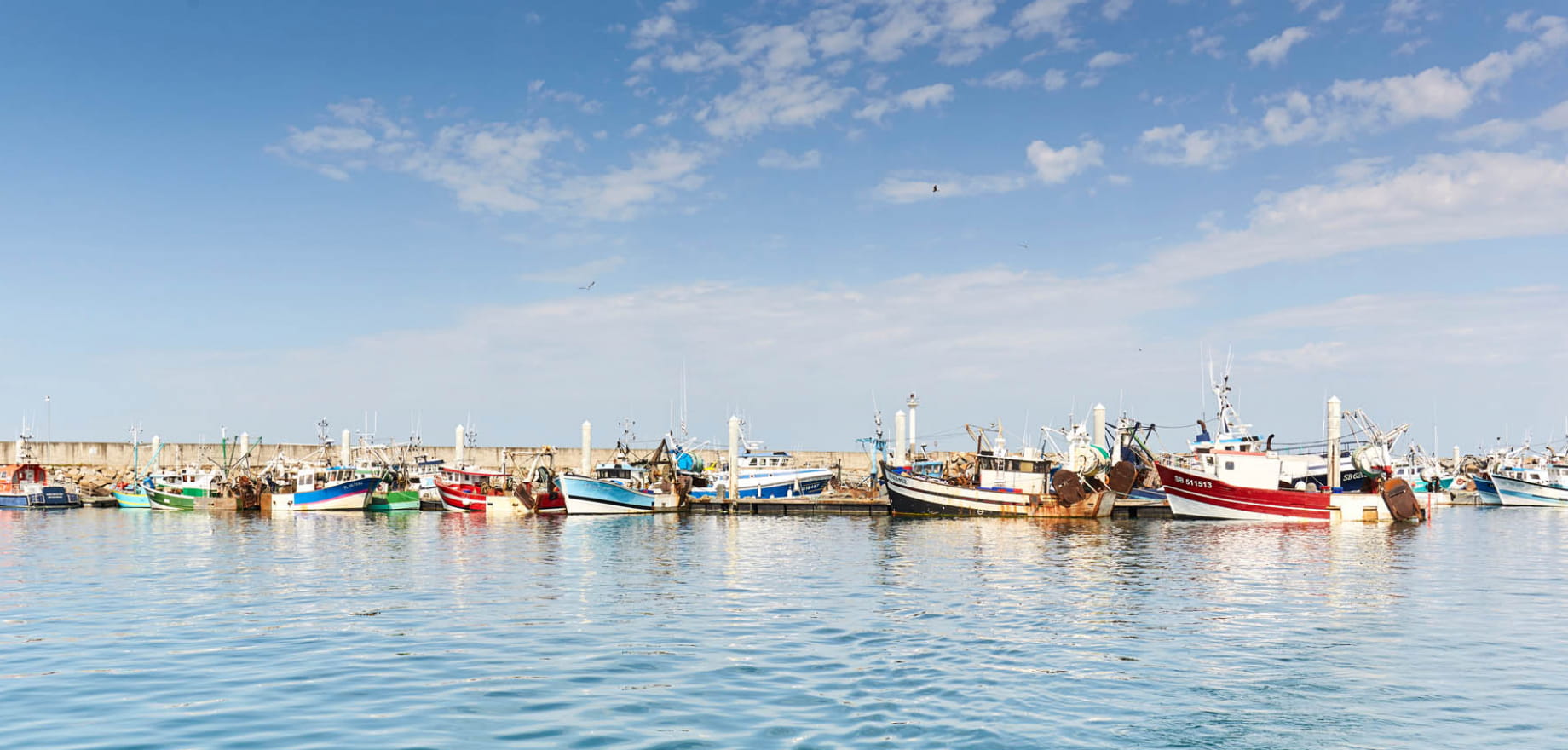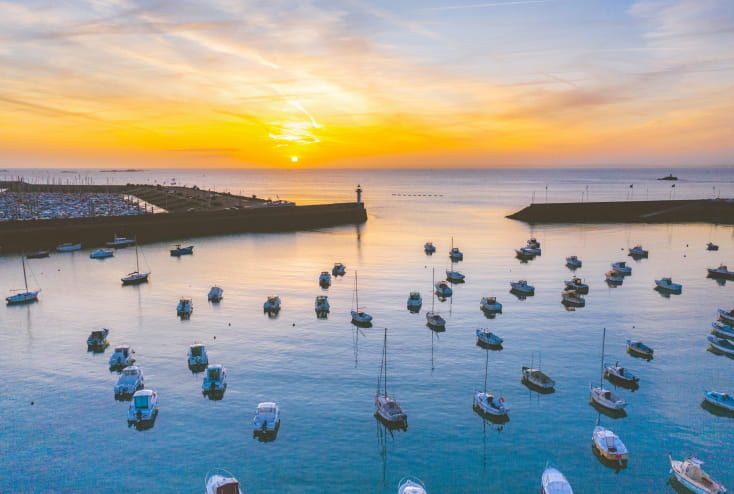Titre FR
Sous-titre FR
Praesent adipiscing. Nam eget dui. Nulla sit amet est. Donec pede justo, fringilla vel, aliquet nec, vulputate eget, arcu. Nam adipiscing.Praesent adipiscing. Praesent turpis. In enim justo, rhoncus ut, imperdiet a, venenatis vitae, justo. Fusce commodo aliquam arcu. Phasellus tempus.














